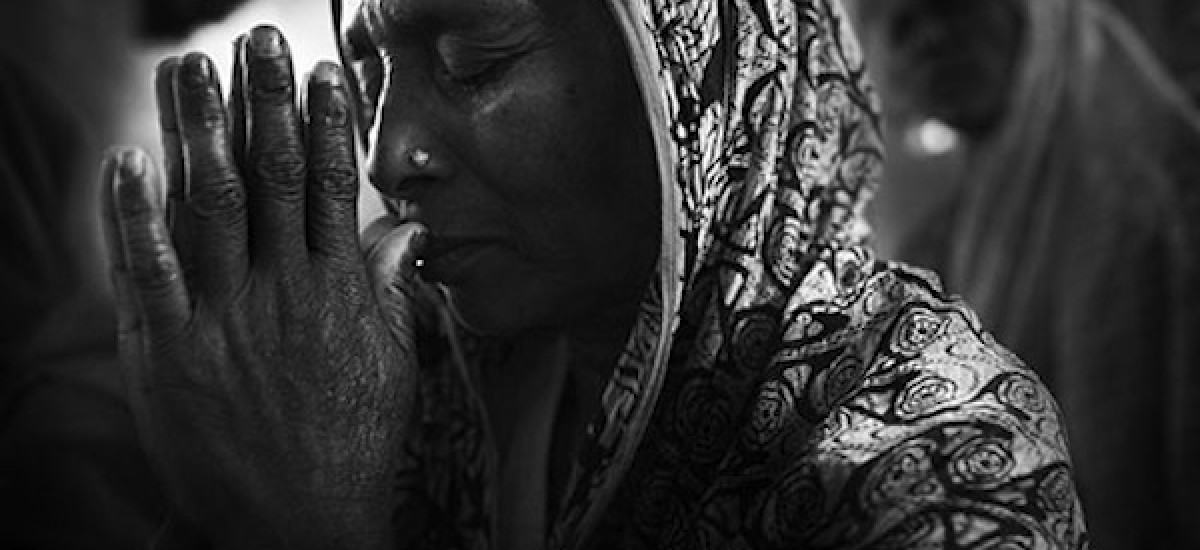According to a western philosopher Charles Taylor, secularism has Christian roots and secularism is itself a Christian word that finds its original meaning in a Christian context Saeculum. In this context, the state arms were called secular to distinguish itself from the religious order of the priests.
Therefore, the western liberal secularism is the mutual exclusion of state and religion. Mr Taylor also said, “A secular state respect individual freedom of conscience or moral autonomy that is their right to conduct their lives in the light of their own choices of consciences”.
Practising Secularism in South Asian
In modern South Asian history, secularism has been playing the crucial part to make a socio-philosophical bridge between the western governments and regional governments. Many argue that the western liberal secularism, which was founded by the French revolution in the 18th century, was imposed and nurtured in South Asia by the British Empire for its own geopolitical gain. Later the British India authority used the so-called secularism to create the social, political and cultural division to rule over the sub-continent.
Due to its policy of divide and rule, the British Empire had launched several plots to make the Hindus and Muslims hostile to each other. As a result, South Asia had seen partition and several inter-religious bloodbaths throughout nineteen and twentieth centuries. The Bengal partition in 1905 that aimed to divide Bengali Muslims and Hindus, the Moplah Rebellion of Kerala in 1921 inspired by the Khilafat movement and the Karachi resolution, the Nagpur riot in 1927, the Bombay riots in 1930, the direct action day in 1946 where more than 4000 people were killed, the Noakhali riot that killed 5000 people in 1946 and finally the partition of British India in 1947 – all had the so-called secular British Empire’s tacit and sometimes open footprints.
After the Partition, the constitutionally secular India- dominated by the Hindu population has been observing continuous communal violence as well. The Ramnad riots in 1957, the Ranchi-Hatia riots in 1967, the first Gujarat riots in 1969, the riots in Worli in 1974, the Moradabad riots in 1980, the Nellie massacre in 1983, the Bhiwandi riot in 1984, The anti-Sikh riots in 1984, Gujarat riots in 1985, the Meerut riots 1987, the Bhagalpur violence 1989, the Hyderabad riots in 1990, Bombay riots in 1992, Anti-Urdu riots in 1994, Gujarat riots in 2002, the Vadodara riots in 2006, the Canning riots in 2013, the Muzaffarnagar riots 2013, the Kaliachak riots in 2016, the Baduria riots 2017 and the Northern India riots in same year are notable examples where the modern and secular India were exposed as the breeding ground for communal violence. On the other hand, the non-secular countries of South Asia such as Pakistan, Maldives, Bhutan, Sri Lanka and Bangladesh experienced less conflict and violence between the religious groups.
Secularism Destroys Social Harmony?
Let’s assume a given situation where three religious groups stay together with strong social harmony. Group A is religiously Hindu, Group B is Muslim and Group C is Buddhist. If no foreign party tries to accommodate or infiltrate itself in such given society for it’s for geopolitical, geo-economics and geostrategic ambitions, the group A, B and C will live peacefully together with some minor deviations.
But if a foreign group (group D) wants to accommodate in such society m, the group must break the stable and harmonized social fabric which was organically developed centuries after centuries between those ethnoreligious groups A, B, and C in the society. So, for breaking it one must need an important ideological weapon called ‘the western liberal secularism’. Let’s assume in such given harmonic situation, group D, as the secular group, will first strike on the religious faith of all the three groups A, B, and C simultaneously with their local agents and provocateurs.
To address such sudden crisis of regional and organic philosophy, the crisis about total faithlessness, Group A considers that the faith of group B and C is not the right one, only group A’s faith is true and just. On the other hand, B and C also think the same that their faiths are fair and rest of all are fake. Now, we can see that after injecting faithlessness by the secular group D in that harmonized society, a wave of mistrust stormed the traditional and organic bonding between A, B, and C.
When a primary social division within such society is complete, the group D starts supporting and weapons different religious groups to fight against each other. Because it gives the group D an opportunity to hold political and economic control over the rest three religious groups. The group D often brands them as armed terrorists, moderate rebels, extremists, fanatics, fundamentalists, freedom fighters, and radicals etc. in order to adjust with its geopolitical and geostrategic narratives.
The so-called western liberal secularism is nothing but a cultural imposition that advocates destroying religions, native morality, the collective spirituality, indigenous socioeconomic and political values. Therefore, the time has come to the people of South Asia to practice its indigenous socio-cultural values in order to keep the harmony societal fabric intact, and it is also the right time to fight and root out the so-called western liberal secularist elements and miscreants from the affected society.
DISCLAIMER: The views and opinions expressed in this article are those of the author and do not necessarily reflect the official policy and position of Regional Rapport.

